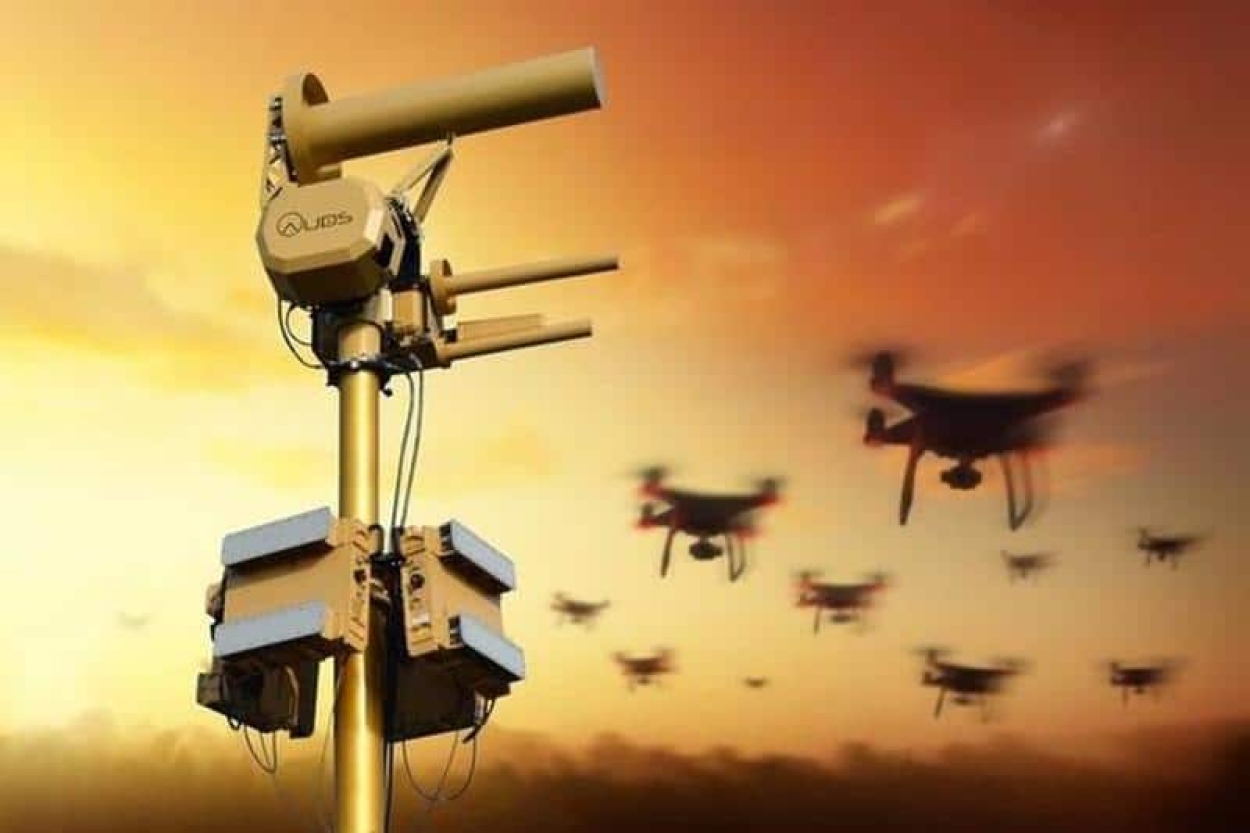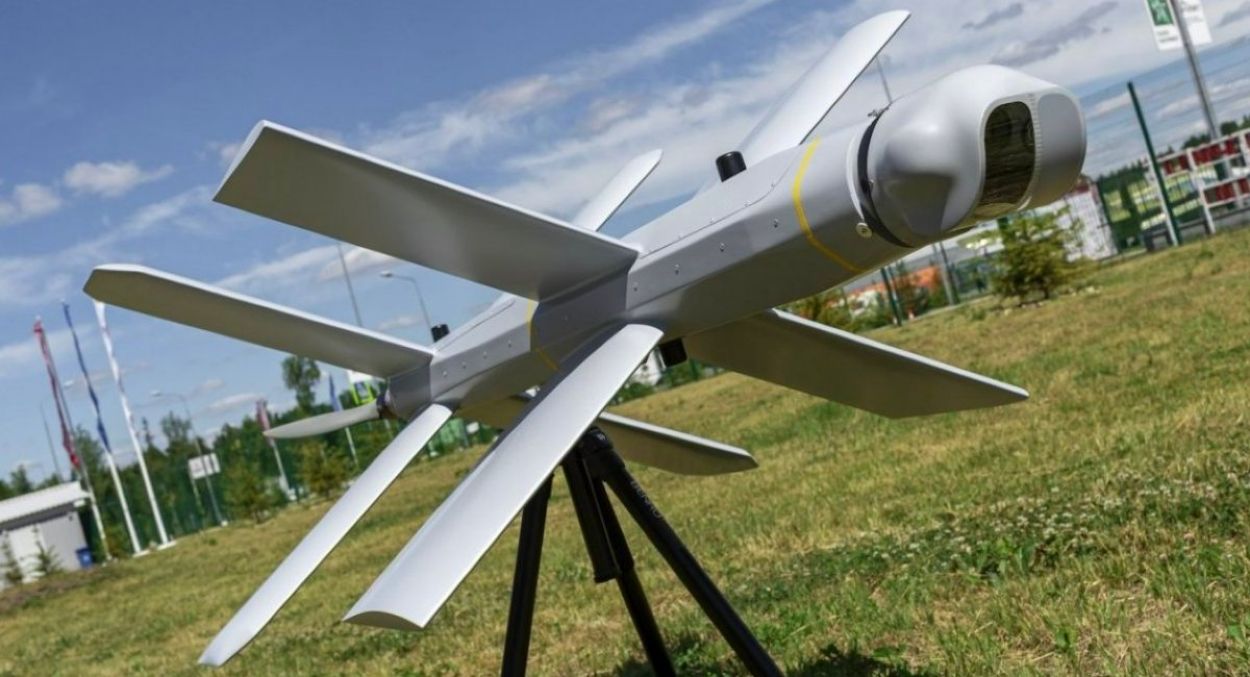Over the last week, there have been news reports of how potent Ukraine’s drone- power is in its war against Russia. But how long Ukraine can maintain its edge in the drone war is now becoming a hot topic for review among military experts.
As regards the success stories over the week, Ukraine has been able to neutralize Russia’s Silok radio jammers that were deployed to disrupt the radio links between Ukrainian drones and their operators.
Ukrainian drones have successfully targeted a Russian arms factory that produces the Pantsir-S air defense system. A Ukrainian drone also struck an oil storage depot in western Russia, causing a massive blaze.
Bigger “success stories” that predated last week include drone strikes on Russia’s maritime forces in the Black Sea that not only weakened Russia’s defense of Crimea but also subdued its maritime forces in the Black Sea.
Thanks to Ukraine’s successful use of drone power, the country has been able to resume grain shipments, which is vital for its economy. There are also stories of Ukrainian drone strikes reaching deeper and deeper into Russia in recent months.
It is true that the war in Ukraine is about to enter its third year with no possibility of an end in the near future, but the very fact that Ukraine has been able to withstand the mighty Russian military for so long could be attributed to the drone factor, a defining feature of the war.
It is said that from drones that fit in the palm of the hand to drones weighing more than 1,000 pounds (454 kilograms), Ukraine has built and acquired a diverse fleet of remotely piloted aircraft to complicate and frustrate Russia’s advances.
And what is more noteworthy has been the evolution of this drone- war with new models and tactics with the changing battlefield. Experts have noticed that during earlier stages of the war—when Russia’s air defense and electronic warfare capabilities were less pronounced—Ukraine relied on larger drones such as the Turkish TB2 Bayraktar to great effect.
However, as time progressed and Russia took greater control of the skies and was able to detect and shoot down these larger models more easily, Ukraine shifted to using smaller drone technology to adapt to Russian advances.
It has been realized that the large drones seen in counterterrorism operations in Afghanistan, Iraq, Pakistan, Somalia, and Syria are not the right systems for the war in Ukraine.
The use of these drones in air operations is most effective in uncontested airspaces during asymmetric conflicts—thanks to their long endurance to perform surveillance and remote strikes. But these large aerial systems become fragile in active shooting wars when the user country does not control the skies.
In contrast, smaller drones operated by land forces are, by their size and sheer number, proving to be far more effective in the dynamics of the lower airspace in Ukraine. That layer between where ground forces and bombers operate, referred to as the air littoral, provides operational space for cheap loitering munitions and commercial grenade-carrying alternatives to military drones.
According to Dominika Kunertova, a senior researcher at the Center for Security Studies of ETH Zurich, “small drones have proven most consequential in their less sensational roles. They provide eyes in the sky and empower individual soldiers to spot enemy units and navigate artillery fire, which increases ground forces’ pace and precision and keeps troops out of harm’s way“.
This, perhaps, explains why Ukraine has unveiled a range of new drones, including the jamming-resistant Backfire, the Ratel S ground drone, and the Marichka underwater drone. These smaller drones are said to have given Ukraine better battlespace awareness and more capability to hit targets.
Apparently, in making these drones, the Ukrainians have tapped into commercial technology—the same recreational products available to civilians—to get cheap, off-the-shelf drones onto the battlefield quickly.
As Kunertova says, many of these “hobbyist” drones have been acquired through grassroots crowdfunding efforts or “donations.” At just 1000 (one thousand) dollars per unit, the small drones can be rapidly amassed and repurposed by operators for a specific effect.
The most notable drones in this context happen to be what are called first-person view (FPV) drones that are commonly used for racing or filmmaking. These are retrofitted with makeshift explosives and flown to strike fixed targets at relatively low cost.
These drones can carry out single-use strikes with high precision while remaining less susceptible to Russian air defense systems. Besides, unlike a traditional attack, in which shelling ends as friendly troops approach the enemy trench line, attacks by FPVs are so accurate that Ukrainian pilots can continue to strike Russian targets until their fellow soldiers are mere yards away from the enemy.

Importantly, most of the drones of such types are being produced by the Ukrainians themselves through public-private partnerships. Reportedly, Ukraine has planned to produce more than 11,000 medium and long-range attack drones in 2024, as well as one million FPV drones.
However, all this does not necessarily mean that drones alone will make Ukraine prevail over Russia or minimize its war casualties. Russia is also developing countertactics or strategies to deal with drone attacks from Ukraine. In fact, developments so far suggest that ground assaults remain an integral part of Russia’s drone targeting strategy.
The Russian army is said to be sending groups of poorly trained draftees and convicts to attack the Ukrainian frontline, forcing Ukrainian troops to respond and reveal their camouflaged positions. Now visible to the drones overhead, the Ukrainian positions are then pounded by Russian artillery.
In fact, some are even questioning why it is unknown how many Ukrainian drones have hit Russia. After all, information on the success rate is closely guarded by both sides. Only some success stories are highlighted. But what about the number of attacks that have failed? The attacks that have failed far outnumber those that have succeeded, it is feared.
Secondly, Russia too is using and manufacturing drones. In fact, Russia seems to have an enormous edge over Ukraine when it comes to drones. A Ukrainian officer, Yuriy Fedorenko, commander of the Achilles company of the 92nd Separate Airmobile Brigade, has even admitted that there are “seven Russian drones for each Ukrainian.”
It may be noted here that Russia’s First Deputy Prime Minister Andrei Belousov has revealed that Russia plans to produce more than 32,000 drones each year by 2030 and for domestic producers to account for 70% of the market.
Russia, according to him, will finance the national project on UAVs with 696 billion roubles ($7.66 billion) by 2030. “The annual production volume of unmanned aerial vehicles (UAVs) – excluding educational UAVs – is planned at 32,500 units,” Belousov told TASS. “This is almost three times higher than current production volumes.”

Incidentally, Moscow deploys indigenous models, such as the Orion, Eleron-3, Orlan-10, and Lancet. It also procures from Iran a large number of Shahed-136 drones that can carry 100 pounds (45.4 kilograms) of explosives over a range of 1,200 miles (1931 kilometers).
Now, Russia is reportedly making its own deadlier exploding drones based on the Shaheds and producing cheap drones using engines from Chinese e-commerce giant AliExpress.
In a partnership with Iran, Russia has recently finished constructing a drone factory in Tatarstan, 500 miles (805 kilometers) east of Moscow, where it could produce an estimated 6000 Shahed-136 prototypes (renamed the Geran-2 by Moscow) by mid-2025.
This expanded drone production could be enough to counter Russia’s shortage of drones on the front lines and turn the tide of the conflict in its favor. Can Ukraine close this innovation gap with Russia? Unless it does so, the potency of its drone power is likely to be seriously diminished.
- Author and veteran journalist Prakash Nanda is Chairman of the Editorial Board – EurAsian Times and has commented on politics, foreign policy, and strategic affairs for nearly three decades. A former National Fellow of the Indian Council for Historical Research and recipient of the Seoul Peace Prize Scholarship, he is also a Distinguished Fellow at the Institute of Peace and Conflict Studies.
- CONTACT: prakash.nanda (at) hotmail.com
- Follow EurAsian Times on Google News




